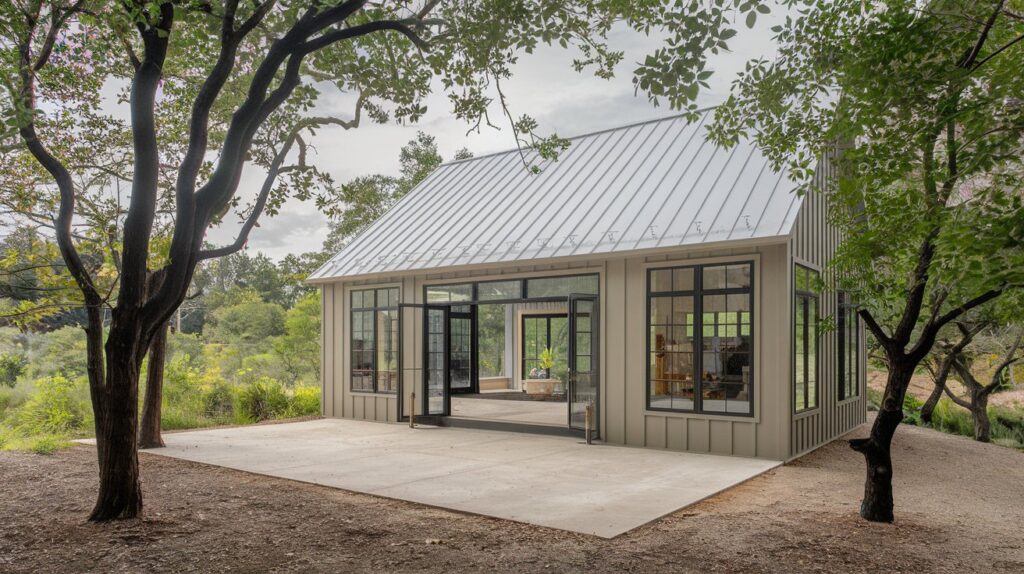Property owners spend thousands on roofing projects every year, but not all roofing investments are created equal when it comes to actual return on investment. Some roofing improvements can significantly boost property value and marketability, while others represent expensive upgrades that don’t translate into meaningful financial returns. Understanding which roofing projects provide genuine value helps property owners make smart decisions about where to invest their maintenance and improvement dollars.
The key is distinguishing between roofing work that addresses real property needs versus cosmetic upgrades that primarily reflect personal preferences. Market conditions, property type, and local factors all influence which roofing investments make financial sense and which ones don’t provide adequate returns.
Replacement Projects That Pay Off
Complete roof replacement typically provides solid return on investment when done for the right reasons at the right time. Properties with roofing systems nearing the end of their useful life benefit significantly from replacement, both in terms of avoided emergency repairs and improved marketability.
Residential roof replacement using quality materials in popular styles often recovers 60-70% of the investment cost through increased property value. This return improves when replacement prevents weather damage, eliminates ongoing leak problems, or addresses insurance concerns that affect property insurability.
For commercial properties, the value calculation becomes more complex. Flat roof systems that protect valuable interior spaces and equipment provide returns through avoided business interruption costs and reduced insurance premiums. Working with experienced flat roof replacement contractors ensures that commercial roof replacement projects use appropriate materials and installation techniques that maximize both performance and property value.
The timing of replacement projects significantly affects return on investment. Planned replacement during good weather conditions costs less and provides better results than emergency replacement during storm season or winter months. Properties that plan replacement before major problems develop avoid the premium costs associated with emergency work.
Material Upgrades With Market Appeal
Upgrading to higher-quality roofing materials can provide value returns, but the benefits depend heavily on local market conditions and property characteristics. Premium materials make more sense in high-value neighborhoods where buyers expect quality construction throughout the property.
Energy-efficient roofing materials provide value through both immediate utility savings and increased property appeal to environmentally conscious buyers. Cool roofing systems, improved insulation, and reflective materials offer measurable benefits that justify their higher initial costs in many markets.
Impact-resistant materials provide particular value in areas prone to severe weather. These materials often qualify for insurance discounts that help offset their higher initial cost while providing genuine protection against storm damage that preserves property value.
The key is matching material upgrades to local market expectations rather than choosing the most expensive options available. Premium materials that exceed local market standards often don’t provide proportional returns on investment.
Repairs That Protect Value
Strategic roof repairs can provide excellent returns by preventing minor problems from becoming major expenses. Addressing small leaks, replacing damaged flashing, and fixing ventilation issues costs relatively little but prevents the extensive damage that occurs when these problems go unaddressed.
Preventive repairs maintain insurability, which has become increasingly important in many markets. Insurance companies are becoming more selective about properties they’ll cover, and roofing problems can result in coverage cancellation or non-renewal that makes properties difficult to sell.
Structural repairs that address underlying problems provide value by ensuring the roofing system can perform its intended function over its full design life. Foundation settling, inadequate support structures, or drainage problems can compromise roofing system performance regardless of surface condition.
Cosmetic Improvements With Limited Returns
Some roofing upgrades primarily affect appearance without providing proportional returns on investment. These projects might improve personal satisfaction with the property but don’t typically translate into significant market value increases.
Decorative elements like cupolas, weather vanes, or ornamental flashing add visual interest but rarely provide returns that justify their cost. These improvements work best when they complement existing architectural styles rather than fighting against the property’s natural design.
Color changes through replacement or coating can refresh property appearance, but the value benefit depends on current color trends and neighborhood standards. Bold color choices might appeal to current owners but limit future buyer appeal.
Premium architectural features that exceed local market standards often represent over-improvement that doesn’t provide adequate returns. Properties in modest neighborhoods don’t benefit from ultra-premium roofing materials that cost significantly more than standard quality options.
Market Timing Considerations
Real estate market conditions significantly affect the returns available from roofing investments. Strong seller’s markets reward quality roofing systems more than buyer’s markets where purchasers focus primarily on price rather than condition.
Seasonal timing affects both project costs and value realization. Roofing work completed during slow seasons often costs less due to contractor availability, while work completed before peak selling seasons maximizes value realization for properties entering the market.
Local market factors including climate, building codes, and buyer preferences all influence which roofing investments provide the best returns. Coastal areas might reward impact-resistant materials more highly than inland markets, while areas with significant snowfall place premium value on structural capacity and ice dam prevention.
Making Smart Investment Decisions
The best roofing investments address genuine property needs while considering market conditions and buyer preferences. Projects that solve real problems typically provide better returns than purely cosmetic improvements, regardless of initial project cost.
Property owners should evaluate roofing investments based on their specific situation including property age, current system condition, local market standards, and personal timeline for property ownership. Short-term ownership might favor minimal repairs over comprehensive upgrades, while long-term ownership benefits from quality improvements that provide ongoing value.
The goal is investing in roofing projects that provide genuine value through improved functionality, reduced maintenance costs, and enhanced marketability rather than pursuing expensive upgrades that primarily reflect personal preferences without providing proportional financial returns.

